Sphynx Cat Training: A Guide to Behavioral Training

Introduction
Sphynx cats are truly one-of-a-kind, known not just for their hairless bodies but for their affectionate and captivating personalities. While their unique appearance grabs attention, it’s their quirky and loving nature that steals hearts. Like all cats, though, Sphynx cats benefit from proper training to help them thrive and develop good habits. This guide covers everything you need to know to train your Sphynx, from socializing them early on to litter box training and more.
Learn more about their unique appearance and quirky personality in our blog, The Unique Beauty of Sphynx Cats: A Comprehensive Guide.
Getting to Know Your Sphynx Cat
Sphynx cats may be famous for their lack of fur, but there's so much more to them. Their skin, soft and warm, makes them perfect cuddle companions. With big ears, high cheekbones, and those expressive eyes, they have an unmistakable look. But it’s their affectionate, social, and sometimes mischievous personalities that truly define them. They love being around people and crave attention, which makes training a positive experience for both of you.
The Importance of Socializing Early
A well-socialized Sphynx cat is a happy one. Introducing your kitten to new people, other pets, and different environments from a young age helps them grow into confident, well-adjusted adults. The key is creating calm, positive experiences so they can explore the world without fear or anxiety. Start small and gradually increase the variety of situations they encounter to build their confidence.
Here's our guide about tips and techniques you can do while integrating your new Sphynx Kitten with other pets and to the new environment: Sphynx Cats and Other Pets: Tips for Smooth Integration.
Basic Obedience Training
Teaching your Sphynx basic obedience commands like "sit," "stay," and "come" is essential for their safety and well-being. Cats are trainable—yes, even Sphynx cats! With their intelligence and love for human interaction, they can pick up commands easily when rewarded with treats and praise. Consistency and positive reinforcement go a long way in shaping their behavior.
Litter Box Training Tips
Because Sphynx cats lack fur, they can be more sensitive to textures, including litter. Opt for a soft, clumping litter that won’t irritate their skin. Establish a consistent routine around feeding and bathroom breaks to help your cat quickly develop good habits. Once they have a routine, they'll know exactly where and when to go. Doesn't have any idea on how to choose the right litter for your Sphynx Cat? Worry no more because here is our guide "Choosing the Right Litter for Your Sphynx: A Guide for Loving Cat Owners" to help you regarding this matter.
Keeping Up With Grooming
Even though Sphynx cats don’t shed fur, they do need regular grooming to stay clean and healthy. Their skin produces oils that need to be washed off with a monthly bath to prevent buildup. Keep an eye on their nails as well—regular trimming is necessary to keep them comfortable and prevent issues from overgrowth. Have a quick read o our grooming essentials for Sphynx Cats: Essential Sphynx Cat Grooming Tips: Bathing, Nails & More.
Handling Behavioral Issues
Sometimes, even the sweetest Sphynx might develop behavioral issues like aggression or separation anxiety. If you notice any signs of behavioral problems, it’s important to address them early on. Don’t hesitate to seek advice from a professional, who can guide you through strategies to manage and resolve these issues before they become bigger problems.
Keeping Your Sphynx Mentally Stimulated
Sphynx cats are smart and curious, which means they need mental stimulation to stay happy. Providing them with interactive toys, puzzle feeders, and plenty of playtime can keep their minds sharp and prevent boredom. Create a space where they can climb, explore, and satisfy their natural curiosity. Moreover, allot your own schedule to play with them and unleash The Playful Side of Sphynx Cats.
Health and Wellness
Routine vet visits are crucial for keeping your Sphynx healthy and catching any potential issues early. A well-balanced diet, regular exercise, and keeping their living space clean are key to ensuring they live a long, healthy life.
Conclusion
Training your Sphynx cat takes time, patience, and a good understanding of their unique needs. But with the right approach, you'll have a well-behaved and happy feline companion. For more insights into their development, check out our blog on Sphynx Cat Size and Growth Stages.
If you have further questions, you can Contact Us and we'll be more than happy to serve you. And if you want to adopt a new Sphynx Kitten, you can always visit and Check Our Available Hairless Sphynx Cats for Sale and learn about our Adoption Process. Start this new and amazing journey with us and do not miss out!
FAQs
How often should I bathe my Sphynx cat?
Once a month is generally enough, but this can vary depending on your cat's individual needs. Some may need baths more or less frequently.
What if my Sphynx cat shows aggression?
If your Sphynx cat is showing signs of aggression, it’s best to consult an animal behaviorist who can help pinpoint the cause and suggest strategies to address it.
Can I train my Sphynx to walk on a leash?
Yes! With patience and positive reinforcement, many Sphynx cats can be trained to walk on a leash and enjoy outdoor adventures with you.
How can I keep my Sphynx mentally stimulated?
Interactive toys, puzzle feeders, and regular play sessions are great for keeping their minds active and preventing boredom.
What kind of diet does a Sphynx cat need?
Your veterinarian can recommend a balanced diet tailored to the specific needs of your Sphynx cat. It's important to provide the right nutrients for their health and energy levels.

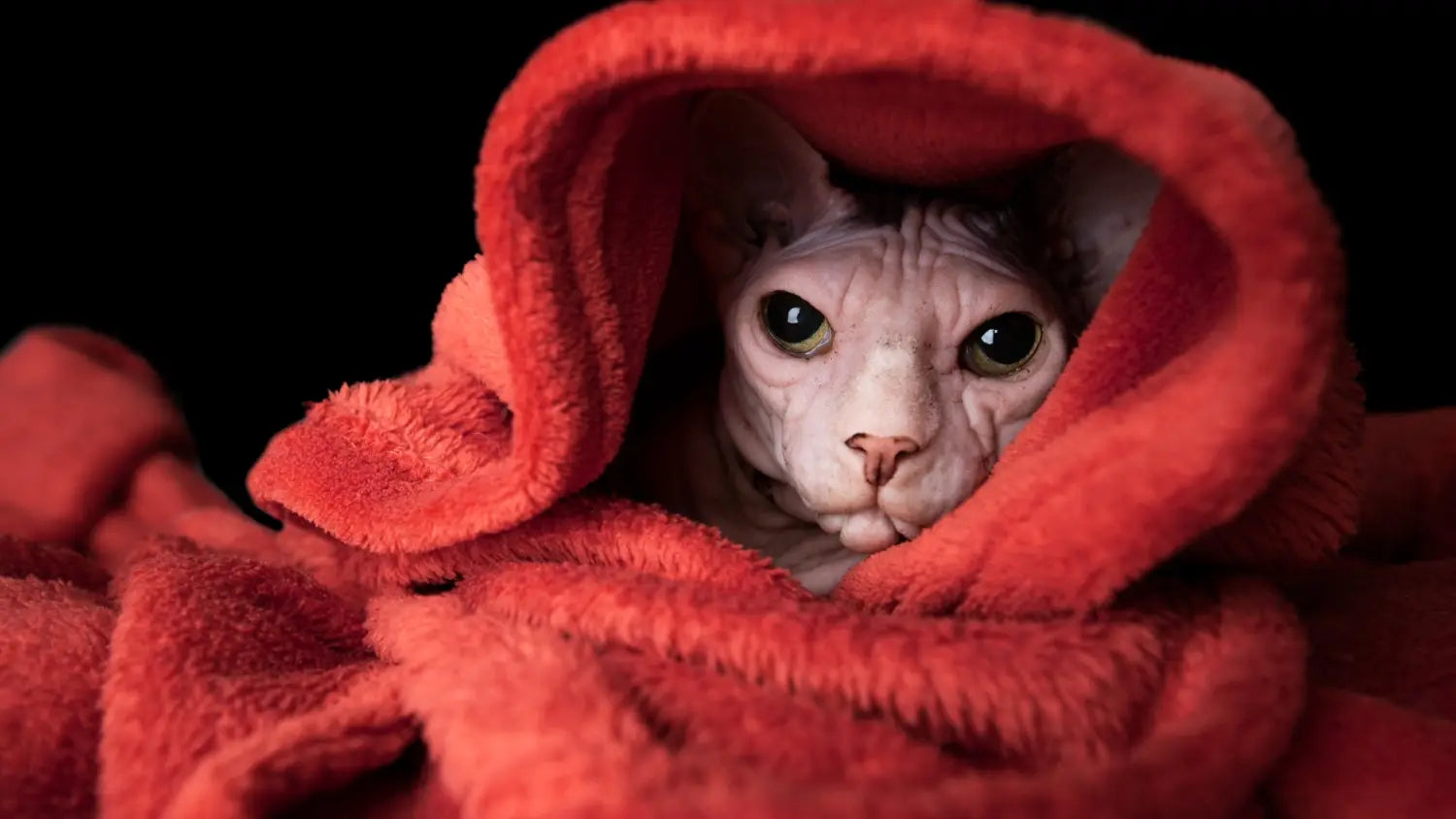




























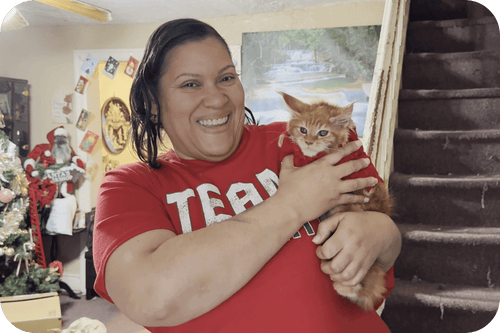
























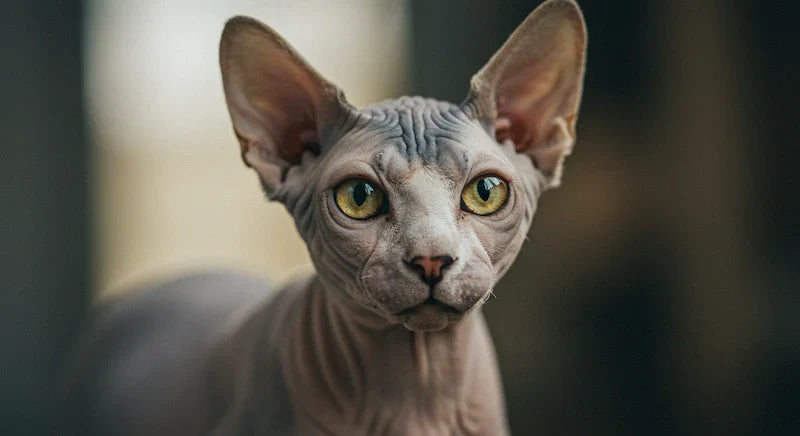
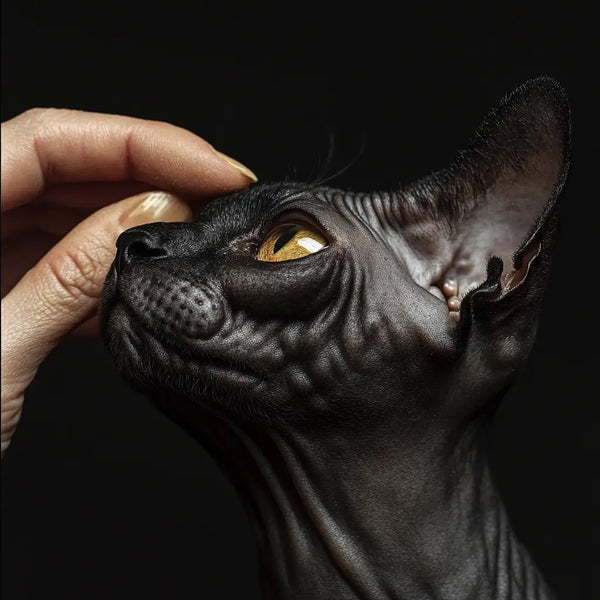

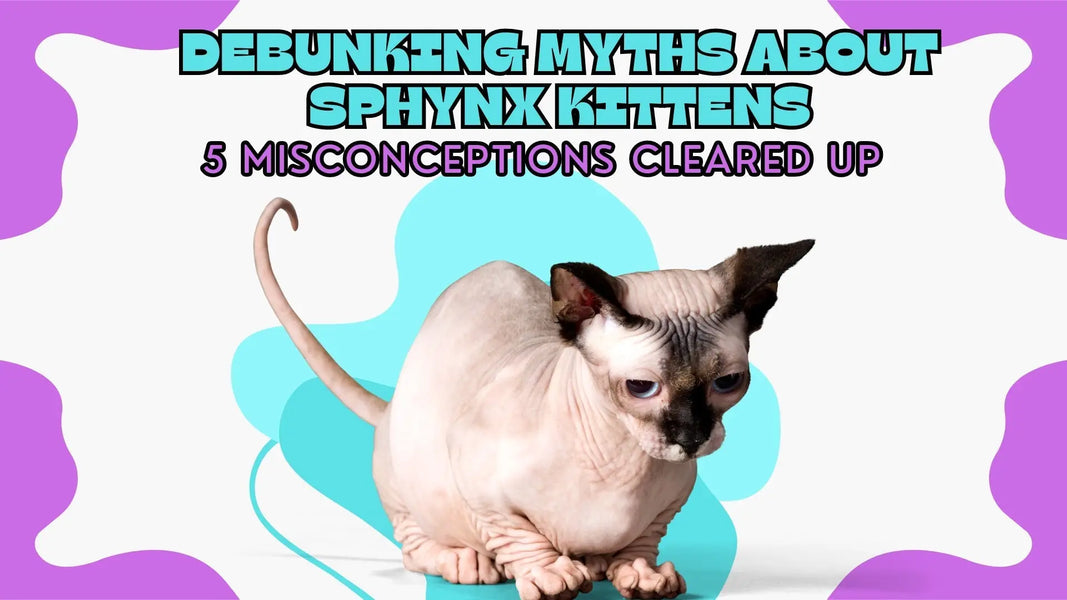





Comments(0)